
Miso Noodle Soup

A comforting and flavourful soup featuring a rich dashi broth, tender ramen noodles, and fresh vegetables
Ingredients
For the Dashi
For the Soup
Method
To make your dashi (fish stock), add the kombu to 1 litre/1 qt of cold water and heat until you see the water just start to simmer and remove the kombu (don't let it boil otherwise the kombu will go slimy and bitter)
Add the katsuobushi to the water, bring to the boil then turn off the heat and let stand until the katsuobushi flakes have sunk to the bottom of the pan, then strain the stock through a fine meshed sieve (or chinois) to remove the flakes and return the liquid to the pan.
Tip: you can save the used kombu and katsuobushi to make another weaker stock
Bring another pan of water to the boil and cook your ramen noodles for 5 minutes until softened. Then drain and run through cold water to stop them from cooking further and divide the noodles between 4 bowls.
Bring the dashi to the boil, turn down the heat to allow to simmer then blanche the pak choi / bok choi for a couple of minutes until softened. Remove from the pan and set aside
Turn off the heat and take a few ladlefuls of dashi from the pan and pour into a bowl or jug, then add your miso paste to the bowl and mix to allow it to dissolve, then stir the miso mixture back into the dashi. It might look a little bit gritty, but that's fine.
Tip: Don't allow the stock to boil after adding the miso to the water as it can ruin the flavour
Divide the stock between the four bowls, pouring over the noodles, then add half the pak choi (2 quarters) on top, followed by a sprinkling of spring onions / scallions.
How to Make Dashi
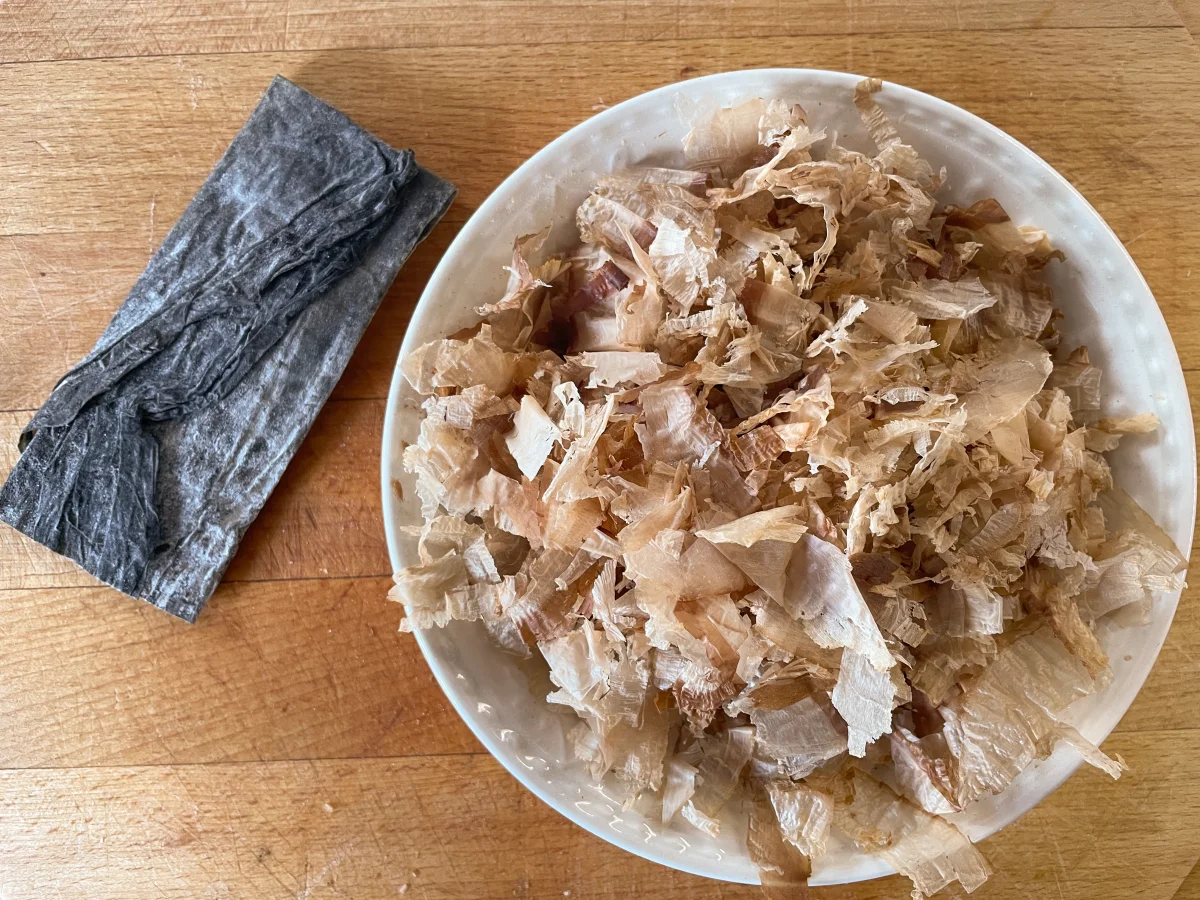
Dashi is a stock made with just two ingredients; kombu and katsuobushi (bonito flakes)
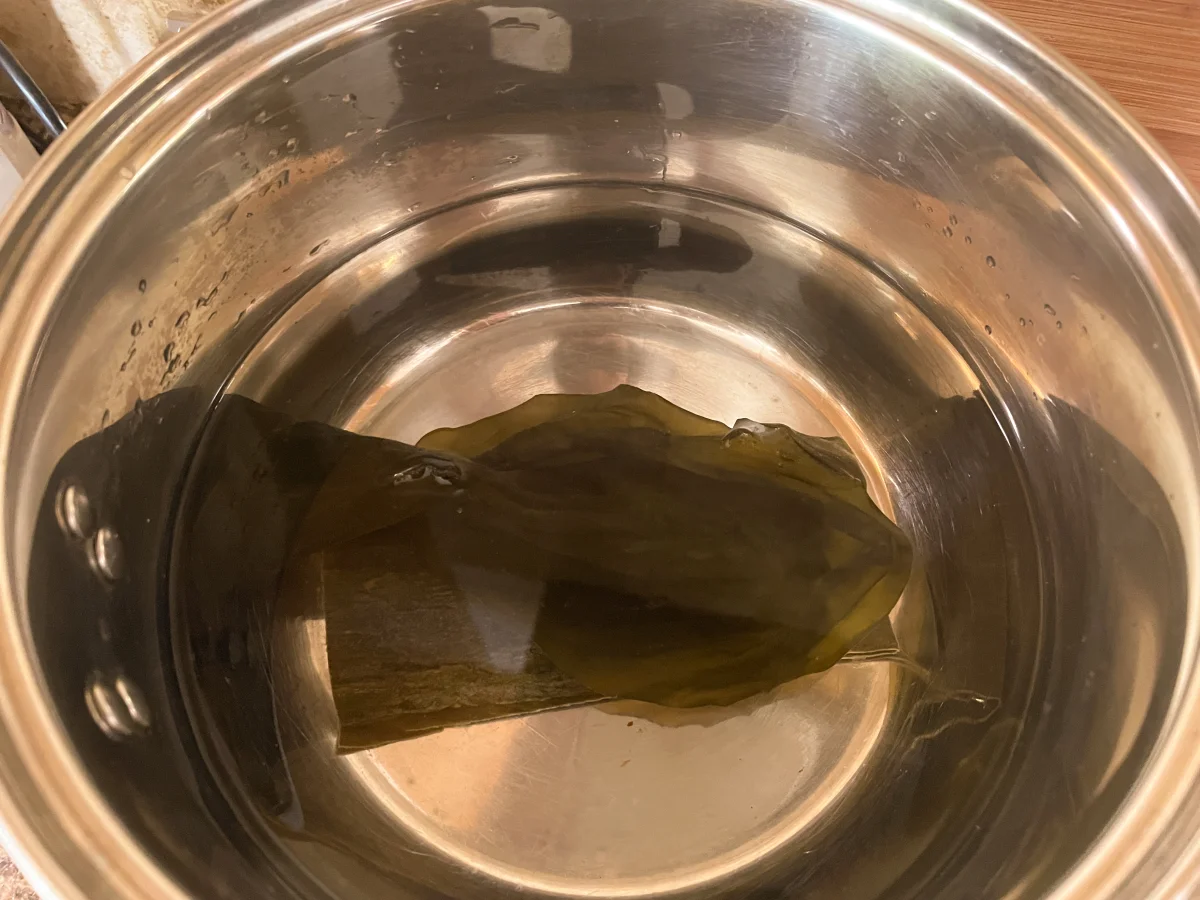
Add the kombu to a pan of cold water and cook over a medium heat until the water just starts to simmer.
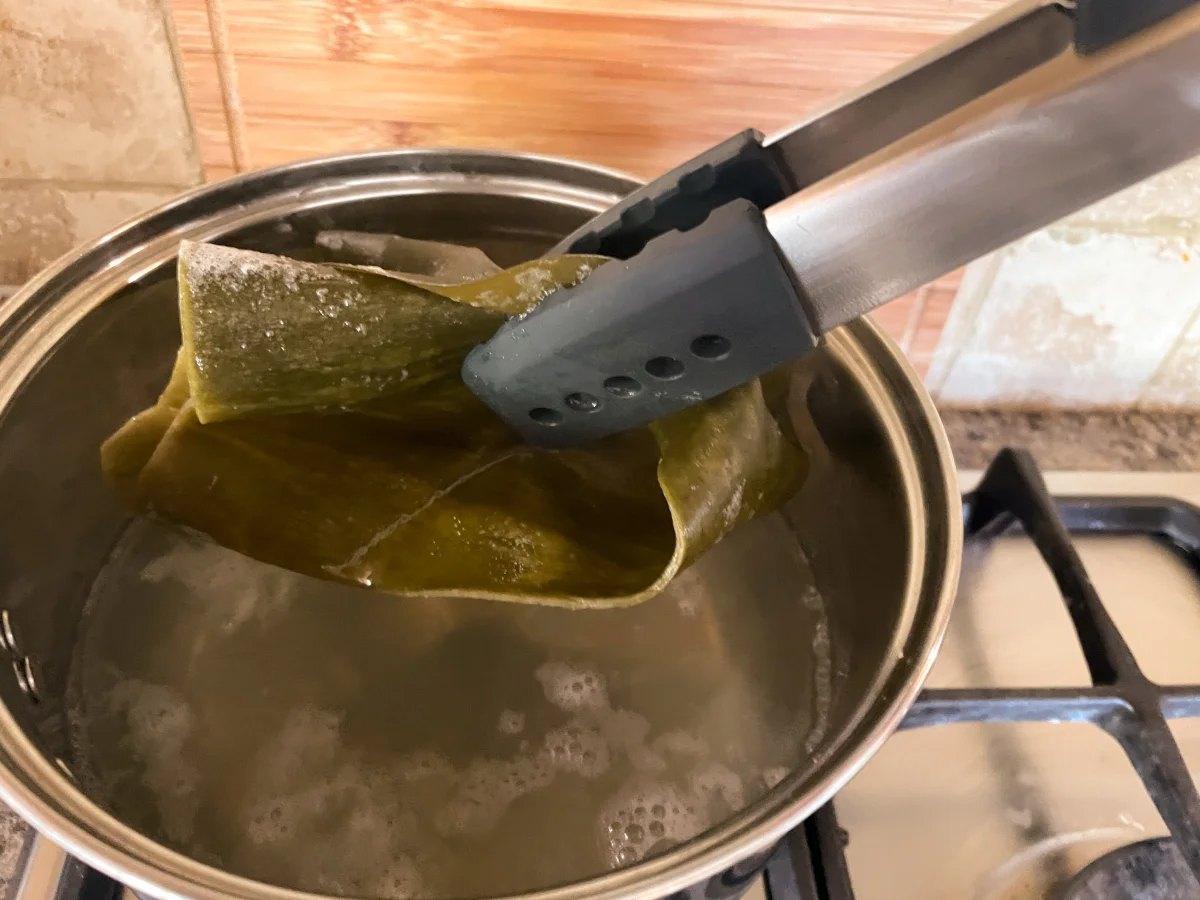
Once the water starts to simmer remove the kombu from the water. Don't let it boil otherwise the kombu will become slimy and make the stock bitter.
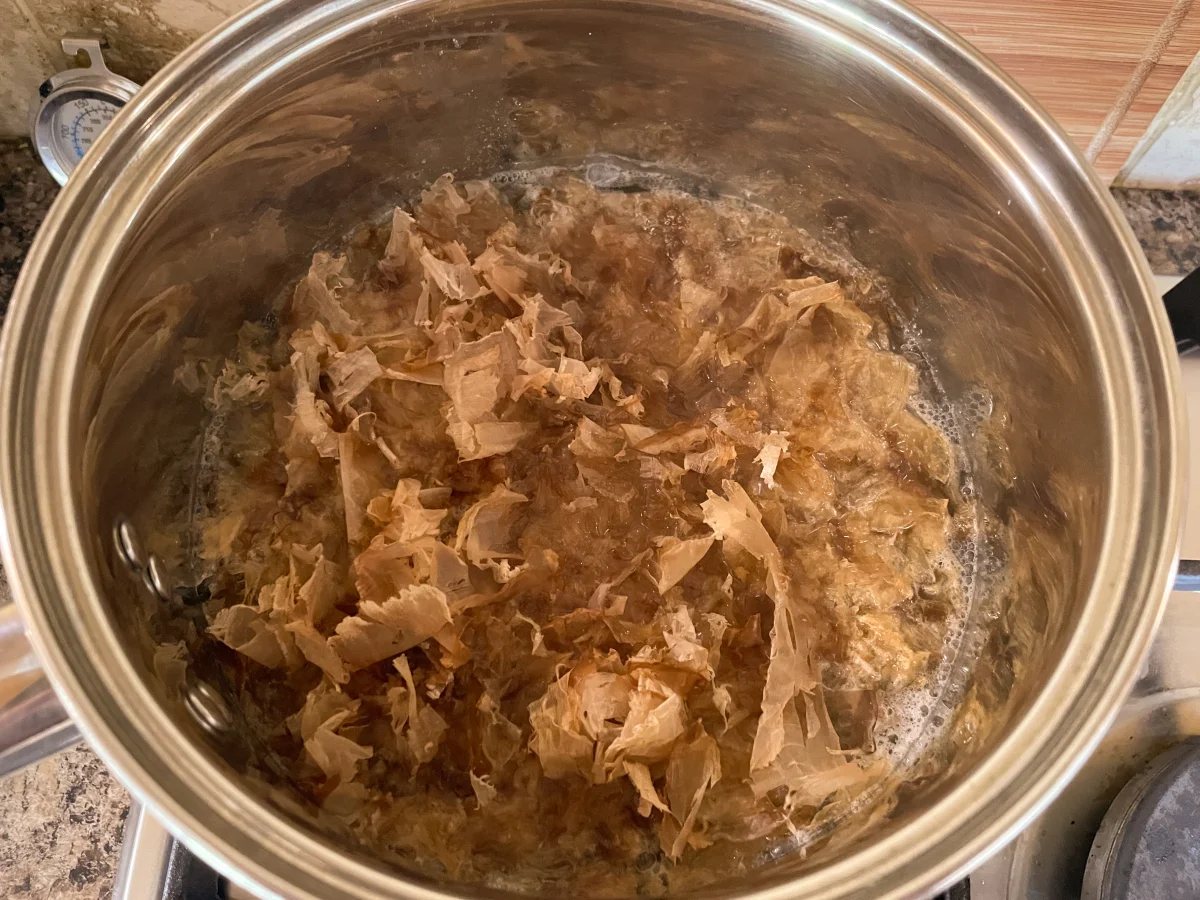
Add the katsuobushi (bonito flakes) to the saucepan and bring to the boil.
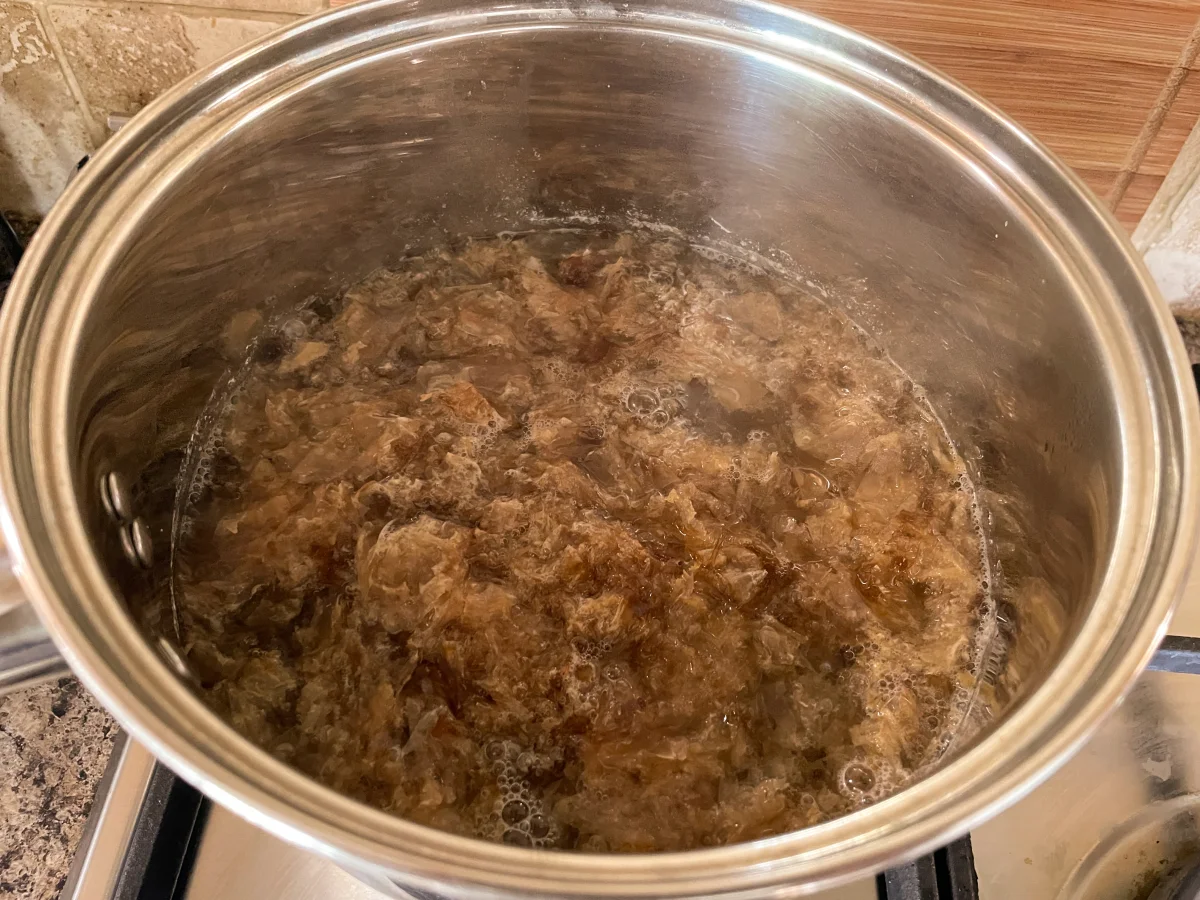
Once the water boils, turn off the heat and leave for around 10 minutes - you should notice the katsuobushi (bonito flakes) sink to the bottom.
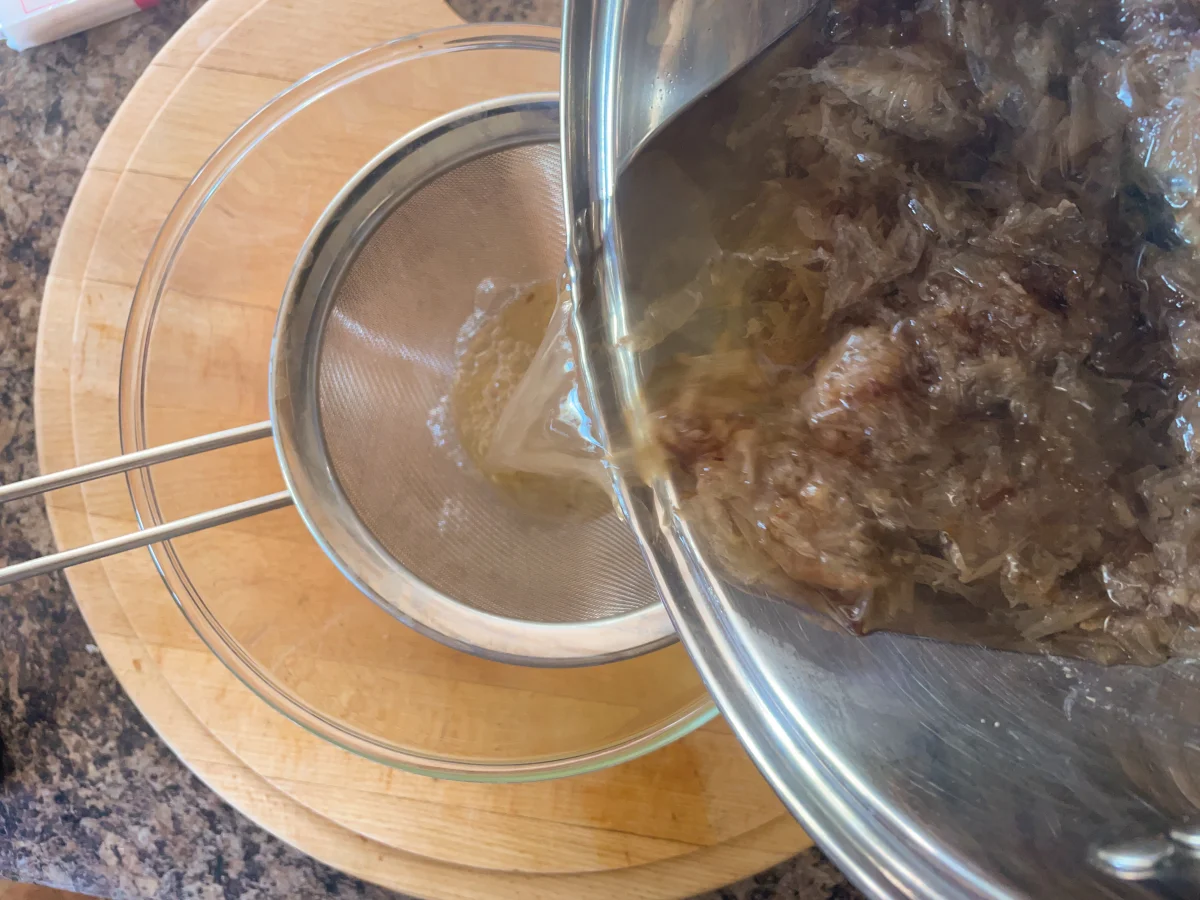
Strain the stock using a fine mesh strainer or chinois to remove the katsuobushi (bonito flakes)
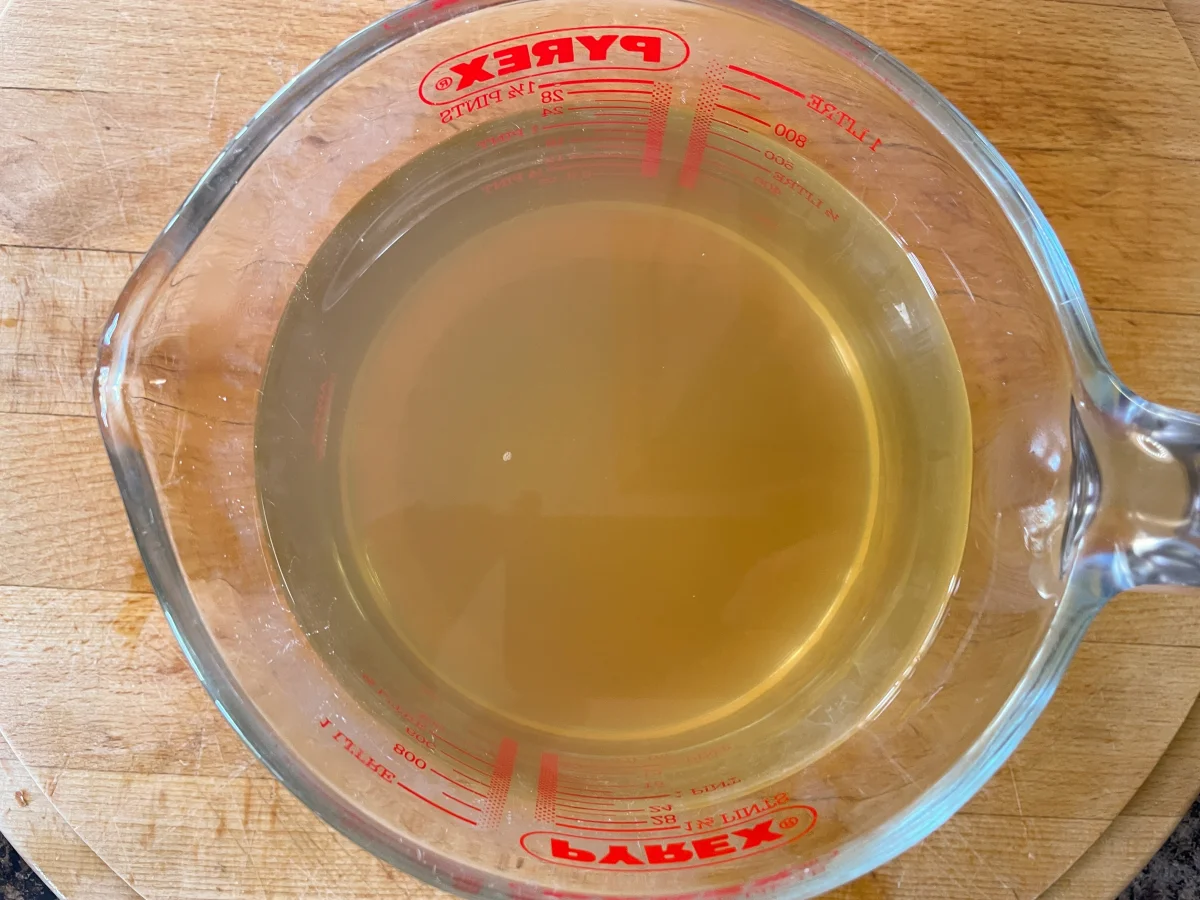
You dashi is now ready to use, or you can allow it to cool and store in the fridge for up to 3 days.
About The Ingredients
What is kombu?
Kombu is a type of seaweed or sea kelp, which adds a salty, umami flavour to the stock. You don't eat it, it's just for infusion. You can also soak the kombu in the stock water for a few hours and remove it before boiling the dashi, which removes the risk of of boiling the kombu making it slimy and bitter. I've also seen kombu being used to flavour water in western kitchens for root vegetables (such as potatoes) which are boiled from cold, so feel free to experiment.
What is katsuobushi (bonito flakes)?
Katsuobushi are smoked dried fish flakes, or rather flakes of smoked skipjack tuna. They just smell like smoked fish, and are quite inoffensive. Like the kombu they are used to infuse the stock and are not eaten.
What is miso paste?
Miso is fermented soy beans, it has a distinct umami, salty flavour. Make sure you don't boil the miso otherwise it can kill the helpful probiotics and give it a harsh taste. Instead you should mix the miso in a separate bowl with some of the stock, or hot water, then add it to the hot dashi and serve immediately. Avoid adding the miso directly to the stock as it may not dissolve well, so you will end up with a gritty soup.
FAQ
How many does this soup serve?
The dashi comes in at around 800ml/3 cups, so it can make 4 small portions, ideal for an appetiser, but for larger portions I would say it will realistically serve 2-3 people. It's also OK the scale this recipe up, so add an extra 1/2 litre (1/2 qt) of water and 5g (1/2 cup) of katsuobushi flakes to make your dashi.
Can I make the dashi ahead of time?
Yes, once you've made the dashi, allow it to cool then store in the refrigerator in an airtight container for up to 3 days.
How do you eat noodle soup?
If you want to be authentic, then you can eat the noodles and vegetables with chopsticks, then drink the stock directly from the bowl, or use an asian style soup spoon.
Can I use other types of noodles other than ramen?
Yes, ramen is most commonly used in a dish like this, however, egg noodles or rice noodles will work just fine.
Can I use store bought dashi?
Yes, of course, dashi isn't particularly difficult to make but if you're short on time, or struggling to find the ingredients a store bought dashi will be fine.


Comments (0)